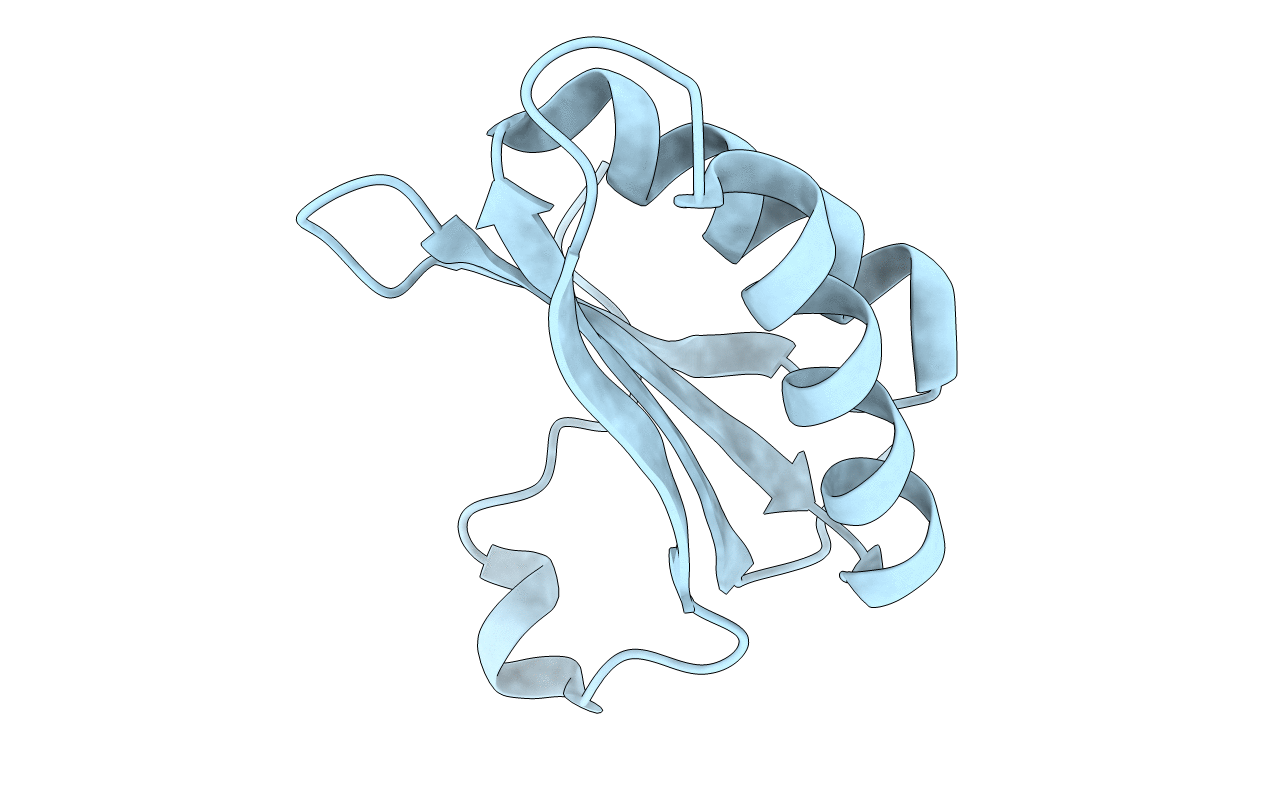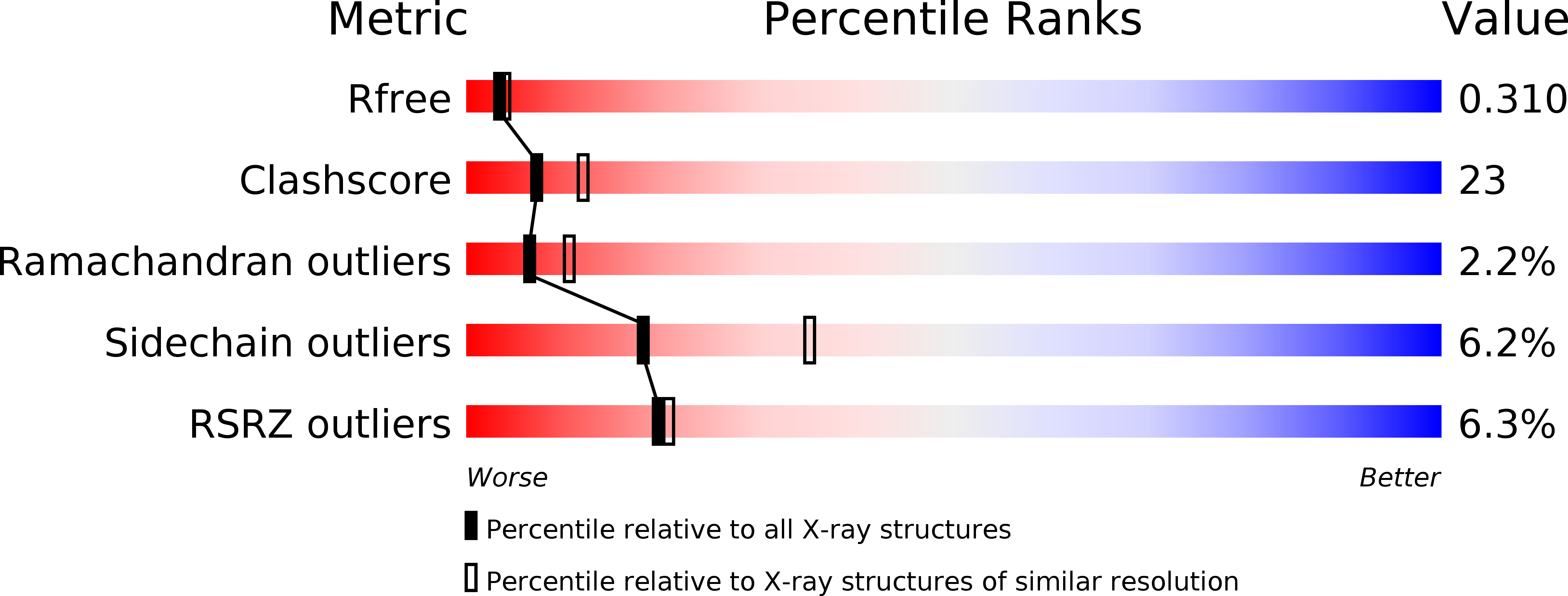
Deposition Date
2009-04-29
Release Date
2009-09-01
Last Version Date
2023-09-06
Entry Detail
PDB ID:
3H8Y
Keywords:
Title:
Crystal structure of carboxysome small shell protein CsoS1C from Halothiobacillus neapolitanus
Biological Source:
Source Organism:
Halothiobacillus neapolitanus (Taxon ID: 927)
Host Organism:
Method Details:
Experimental Method:
Resolution:
2.51 Å
R-Value Free:
0.31
R-Value Work:
0.25
R-Value Observed:
0.25
Space Group:
P 6


